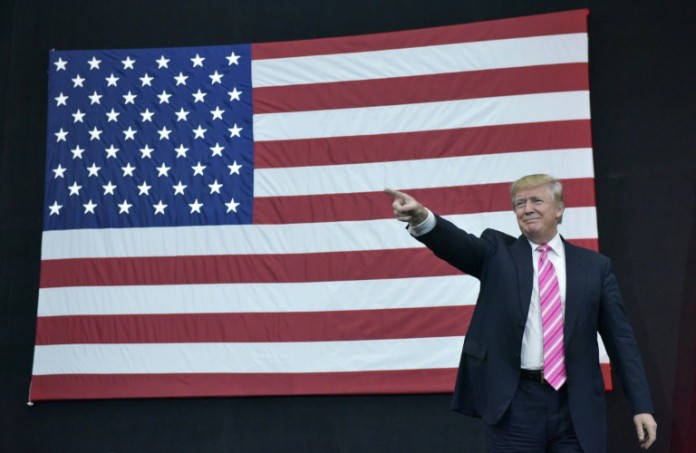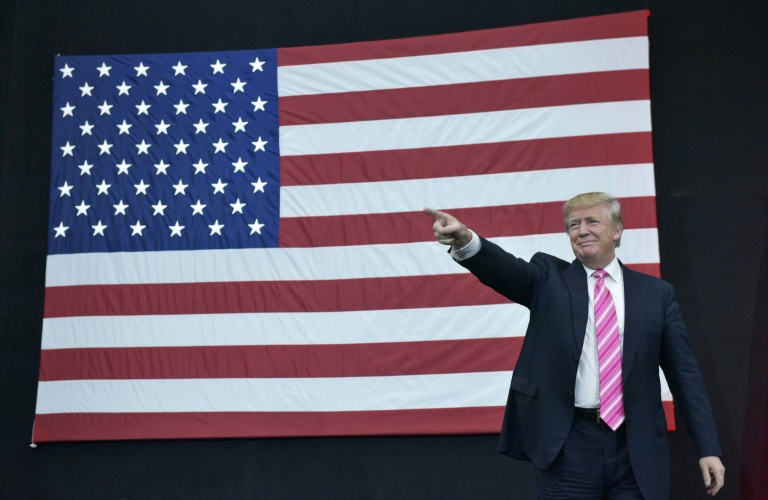SINGAPORE: Singapore’s gross domestic product (GDP) for the third quarter may have performed better than initially expected, but analysts see little evidence that is sustainable.
Announced by the Ministry of Trade and Industry (MTI) on Thursday (Nov 24), both the year-on-year and quarter-on-quarter figures came in better than last month’s flash estimates, but were notably worse than the second-quarter’s growth numbers.
This slowing rate of GDP growth is expected to continue amid headwinds such as stubbornly weak external demand, and economists have begun tapering their forecasts for the local economy.
“The 1.1 per cent (year-on-year growth in GDP) is nearly half of the second quarter’s growth rate. The economy is slowing for sure,” Ms Krystal Tan, an Asia economist from research firm Capital Economics, told Channel NewsAsia. “Going forward, Singapore’s economy is likely to see weak growth rates of 1-ish per cent and that is nothing to be happy about.”
The souring economic picture seems to have put a dent on household spending, noted UOB economist Francis Tan, referring to the meagre growth of 0.6 per cent in private consumption expenditure for the third quarter. That marked the slowest growth in private consumption expenditure since the sustained slowdown started in the fourth quarter of 2015, and could be a result of weaker real wage growth and less-tight labour market.
“Faced with the onset of poorer economic prospects and job market, weaker consumer confidence had resulted in a collective ‘tightening your belt’ situation amongst residents,” Mr Tan wrote in a note.
As the dark clouds continue to gather on the horizon, where is the economy headed?
Q: Are we about to enter a technical recession?
Over the July to September quarter, the city-state’s economy shrank 2 per cent from the previous three months on an annualised and seasonally adjusted basis. Another quarter-on-quarter contraction in the final three months of 2016 would put Singapore in a technical recession.
In response to media queries, the MTI on Thursday said the likelihood of a technical recession in the upcoming quarter is “unlikely”, with growth support coming from electronics, IT and other services industries.
However, economists are split when it comes to how Singapore’s economy will fare in the fourth quarter.
HSBC’s Joseph Incalcaterra, for one, expects a technical rebound in sequential growth in the final quarter, primarily due to relief from a favourable base effect. Meanwhile, Ms Tan from Capital Economics put the odds of a technical recession next quarter at “less than 50 per cent”.
“It’s not our base case scenario at this point,” she said. “There are signs that the economy may be stabilising, such as loan growth and the manufacturing sector did end the third quarter on a stronger note after improvements in September. Also, broadly speaking, we don’t see global growth collapsing.”
Nonetheless, there are economists who are taking a more cautious stance.
Citigroup’s Kit Wei Zheng said that a fourth-quarter technical recession “cannot be ruled out” after indicators, such as the 12 per cent year-on-year plunge in October’s non-oil domestic exports, indicated that economic weakness has persisted into the fourth quarter.
Mr Rajiv Biswas, the chief economist for Asia Pacific at IHS Global Insight, said there is a 30 per cent chance that the Singapore economy could see another quarter-on-quarter contraction. The sustainability of manufacturing growth and whether the services sector could pull itself out of the rut following three straight quarters of sequential contraction will be key factors, he added.
“However, even if Singapore does avert a technical recession, the momentum of economic growth in the first three quarters has been very close to what may be described as economic stagnation even though it was not a technical recession,” he said.
Q: Going into 2017, what are the prospects for the Singapore economy?
The MTI on Thursday described the economy’s growth outlook for 2017 as “modest”, while adding that it expects GDP to come in between 1 to 3 per cent.
Similarly, many economists said that downside risks to growth remain high moving forward.
HSBC’s Joseph Incalcaterra expects most sectors in Singapore to see a “deceleration in activity” into next year, setting the stage for weak growth in 2017. “Momentum in the Singapore economy continues to decelerate alongside weakening global trade, and we see downside risks on the horizon stemming from policy uncertainty in the US and European Union.”
Citi’s Mr Kit is more pessimistic. “For 2017, we remain wary of competitiveness drags on exports, tighter credit conditions for companies, and a weakening jobs market weighing on household balance sheets, which could bring growth below 1 per cent,” he wrote in a note.
According to economists that Channel NewsAsia spoke to, estimates for 2017 full-year GDP growth range from 0.9 per cent to 1.8 per cent.
US President-elect Donald Trump, who campaigned on a protectionist stance, is seen as a further risk to Singapore’s economy. (Photo: AFP/Mandel Ngan)
Q: Donald Trump – the key risk factor to watch out for?
Apart from longstanding headwinds such as weak external demand and a slowdown in major trading partner China that has dampened the fortunes of Singapore’s trade-reliant economy, uncertainties have been intensified in recent months due to shocks stemming from Brexit and the victory of American mogul Donald Trump.
Commenting on what a Trump administration means for Singapore, Mr Biswas said that if the President-elect’s policies such as cutting corporate tax rates can boost US GDP growth in the near term, Singapore’s export-driven economy will inevitably get a lift.
However, significant uncertainties about Trump’s other policies remain. “One downside risk could be if the US applies significant countervailing tariff measures against key Asian economies such as China. If China is hit by significant US defensive countervailing tariff measures to combat perceived unfair trade practices, it could result in a further slowdown in China’s export sector, which could have negative transmission effects on Singapore’s economy,” Mr Biswas explained.
An added risk could come in the form of faster-than-expected interest-rate hikes by the US Federal Reserve, alongside Trump’s policies to boost fiscal spending.
With domestic interest rates in Singapore being tied closely to US rates, quicker hikes by the Fed will likely increase debt servicing burdens, while negatively impacting the housing market as well as construction activities. These impact will be unwelcomed at a time when Singapore’s economic growth is already faltering, said Ms Tan from Capital Economics.
Follow See Kit on Twitter @SeeKitCNA






